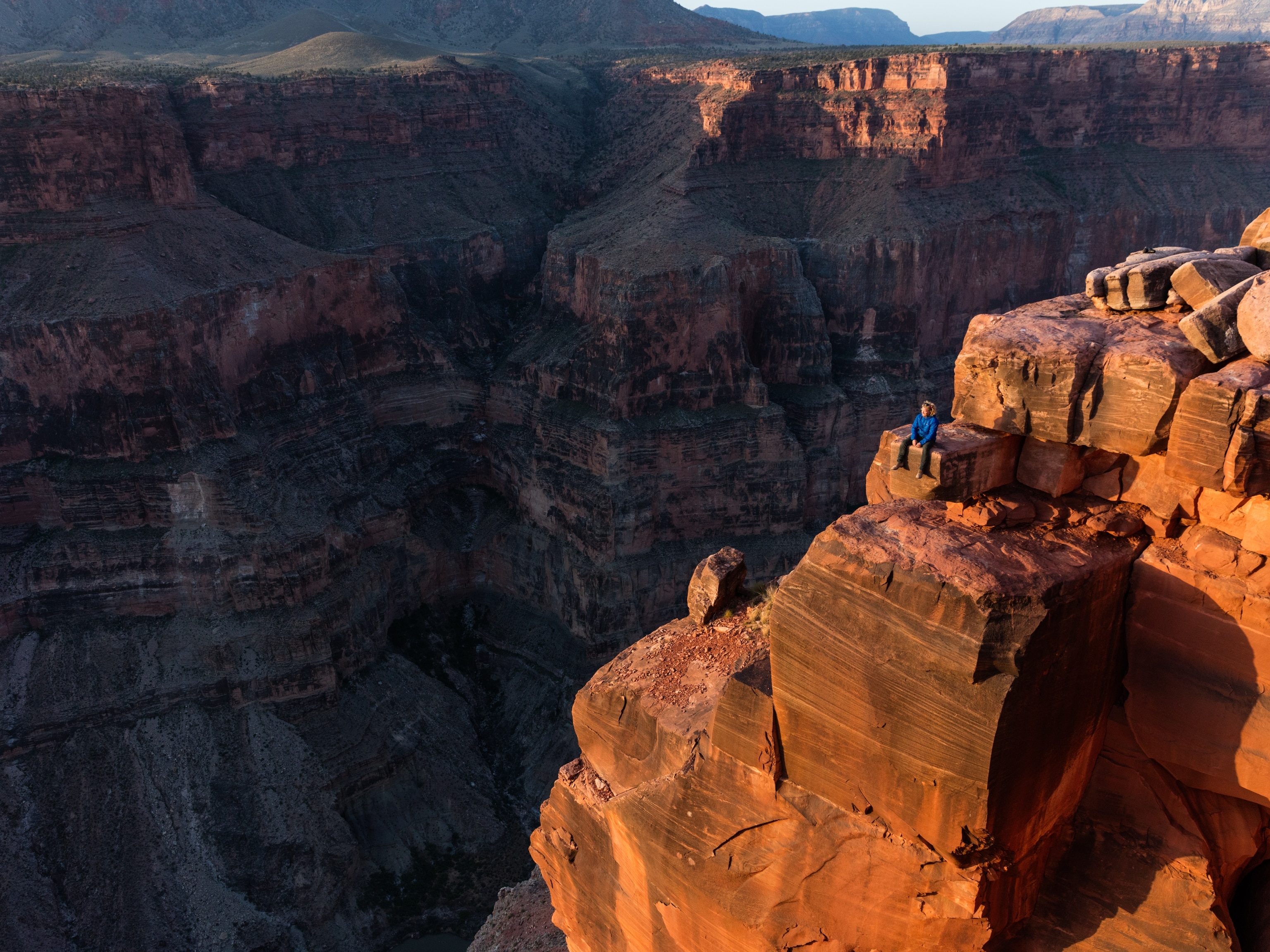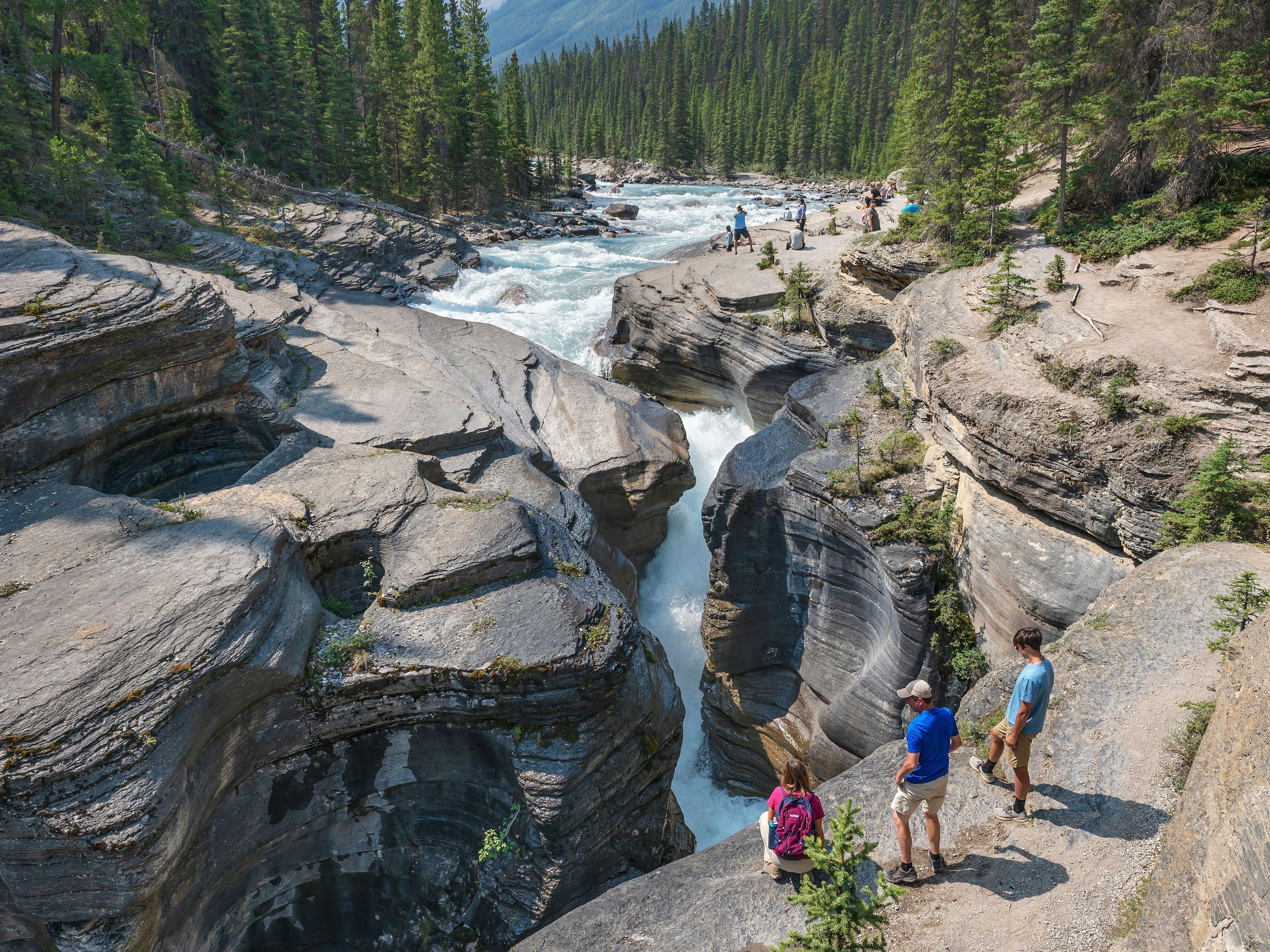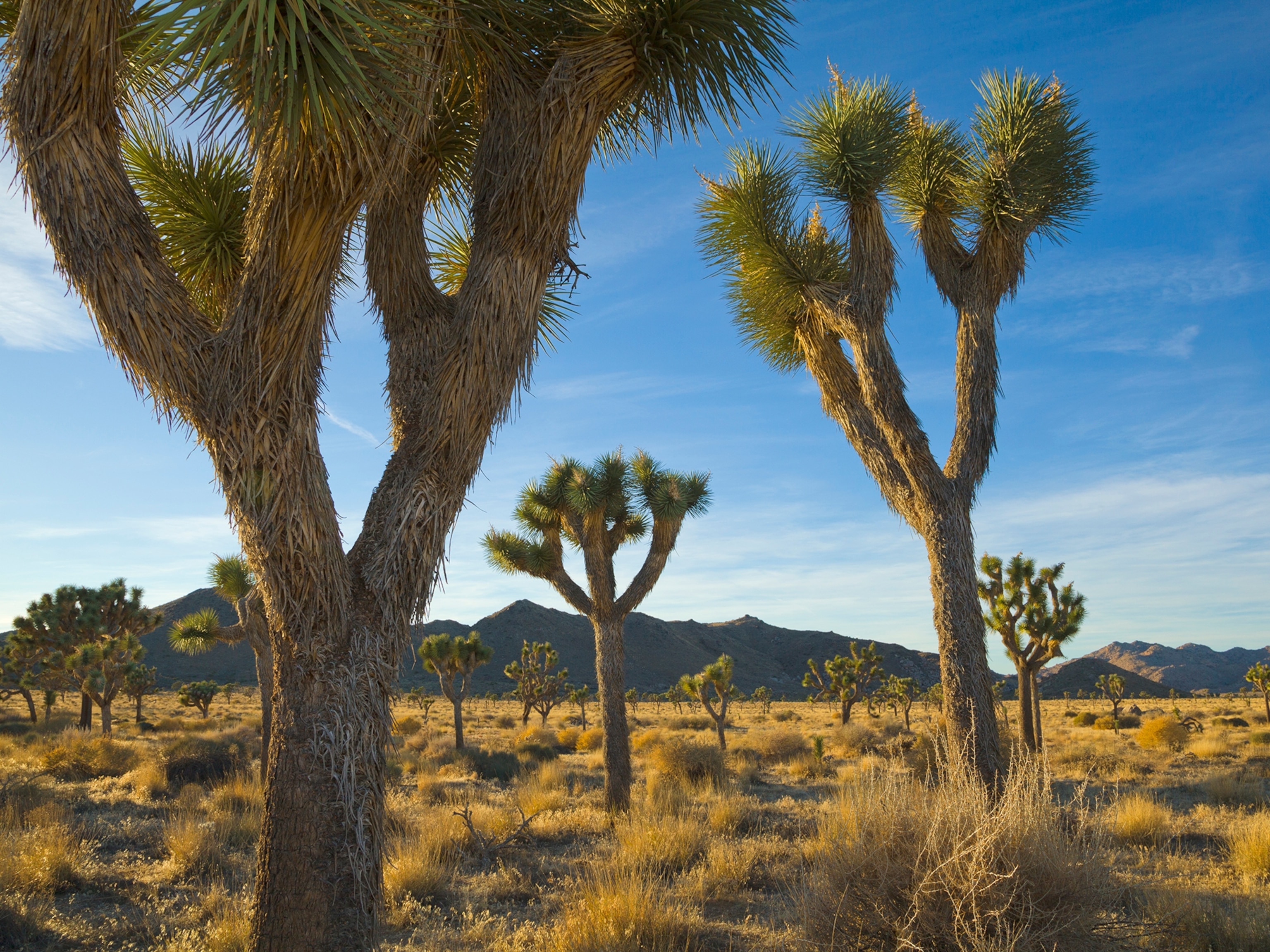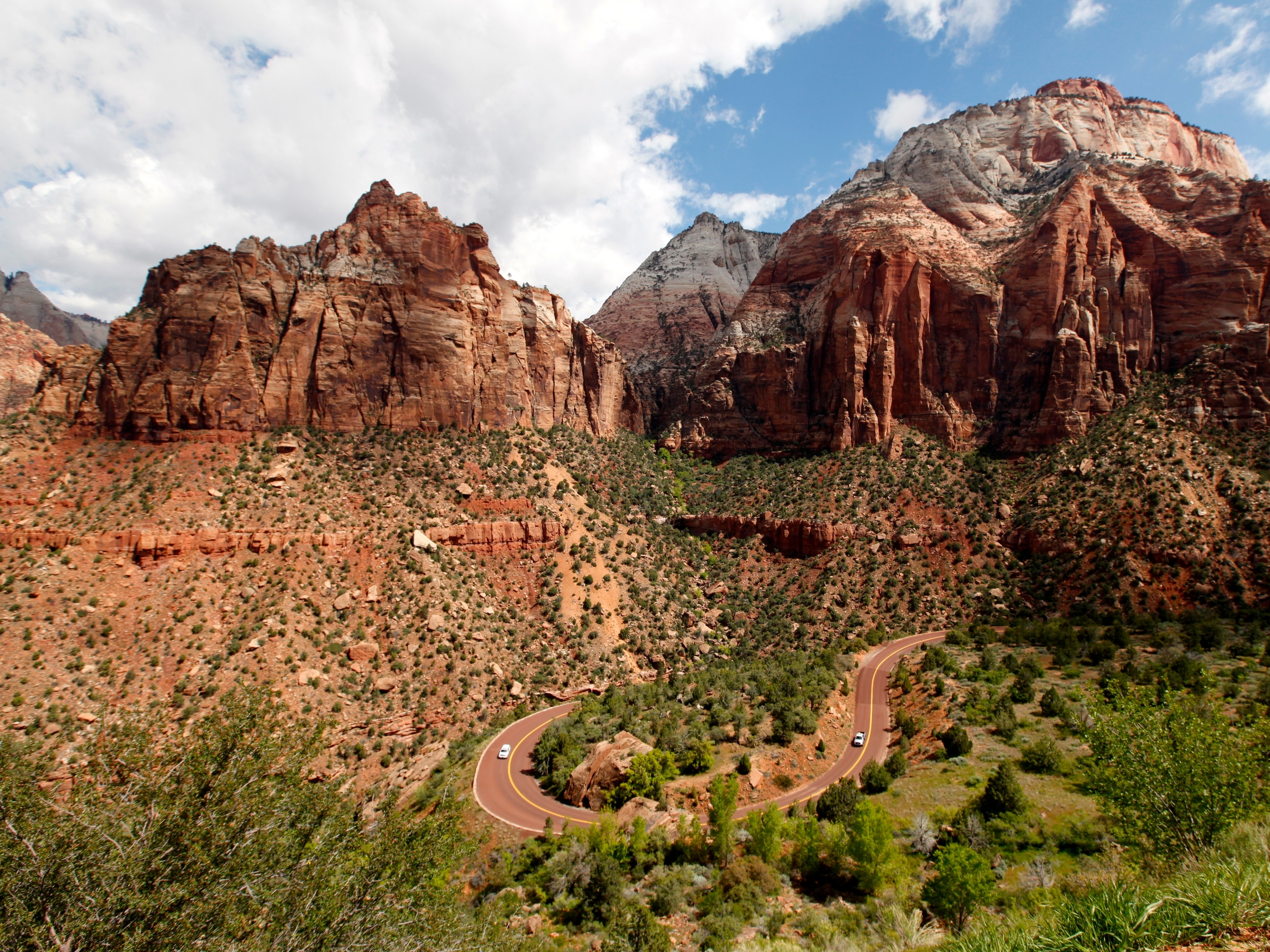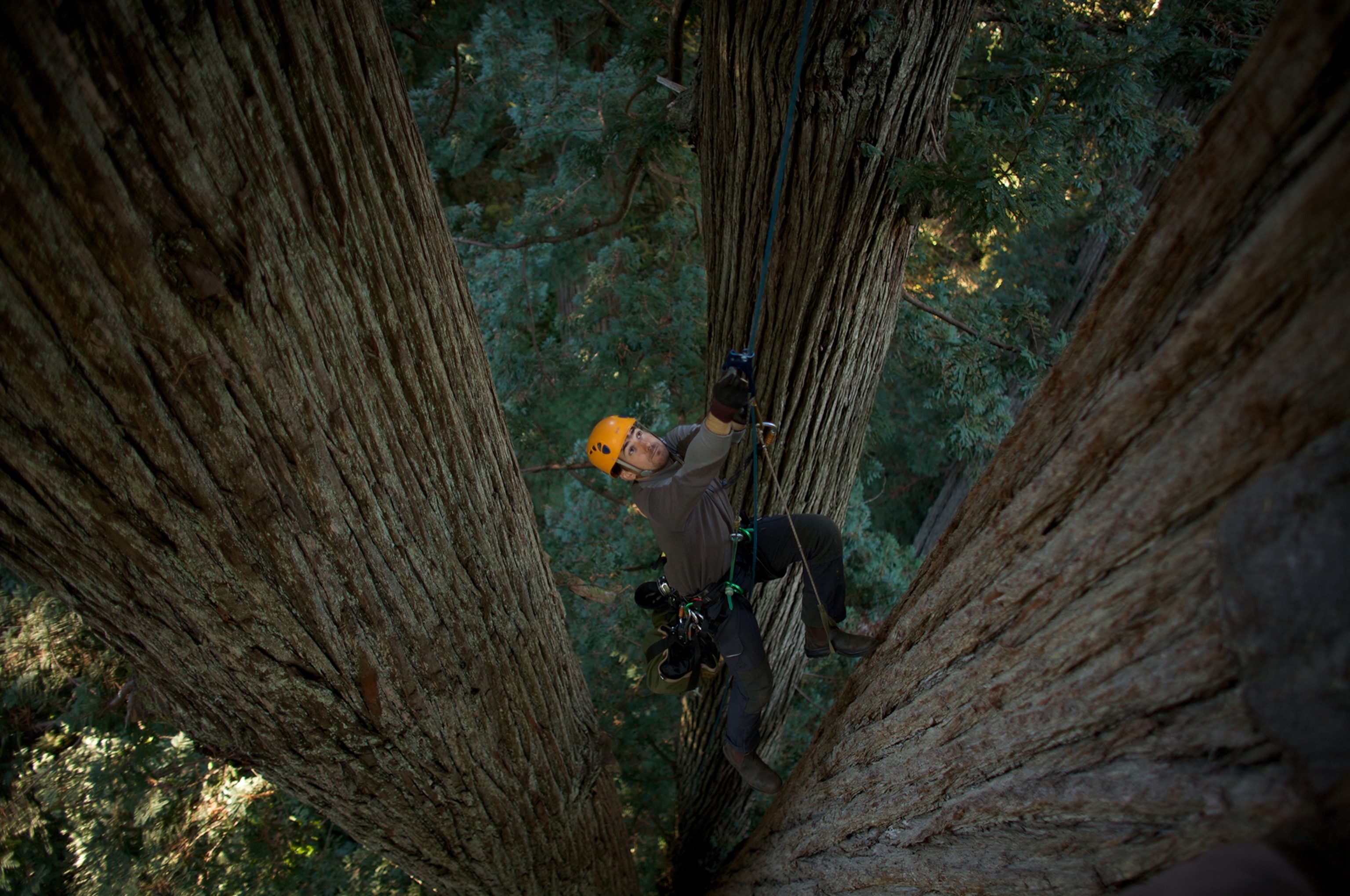
Everything you need to know about Redwood National and State Parks
As park overtourism becomes a greater challenge, head to this less-visited gem to be awestruck by the world’s tallest trees.
Why you should visit Redwood
A cluster of four Northern California reserves shelters the coastal redwoods (Sequoia sempervirens). The main lure is strolling through cathedral-like groves along a 37-mile stretch of the Pacific coast.
Heavy logging during the late 19th and early 20th centuries decimated a forest that once covered two million acres. The state of California and Save-the-Redwoods League were able to protect some of the groves within three state parks—Jedediah Smith (established in 1939), Del Norte Coast (1925), and Prairie Creek (1925)—that were linked with the creation of Redwood National Park in 1968.
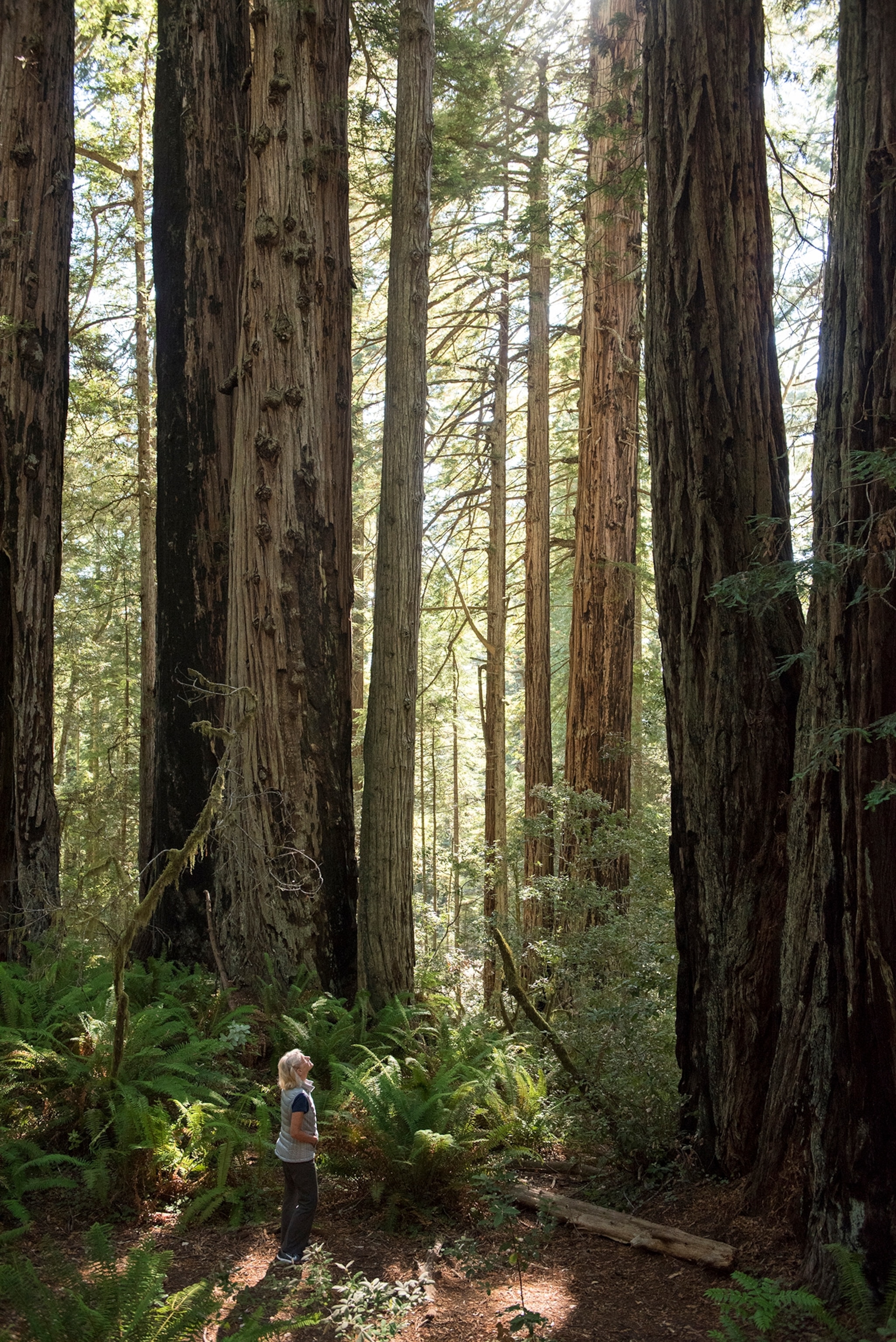
In 1978, Congress nearly doubled the national park’s initial size with the addition of about 36,000 acres that had been logged. The raw, clear-cut land had “the look of an active war zone,” one park official wrote at the time.
In recent years, a massive restoration project has reclaimed vast stretches of logged lands by planting trees, rebuilding hillsides, and erasing around 400 miles of logging roads. It will take at least 50 years for the scars of logging to disappear and another 250 or so years for the replanted redwood seedlings to grow to a modest size.
Today’s visitors gazing up at the massive trees—some more than 2,000 years old—can also look at hillsides shorn of giants and know that generations from now, the trees will grow there again.
In recent years, Redwood has expanded its cooperation with the Yurok Tribe, whose traditional homeland lies along the Smith River adjacent to the park. This includes a program to reintroduce California condors to the area, a historic agreement to return 125 acres of ecologically and culturally important land to the tribe, and the removal of a large dam along the Smith River in 2024.
Redwood fast facts
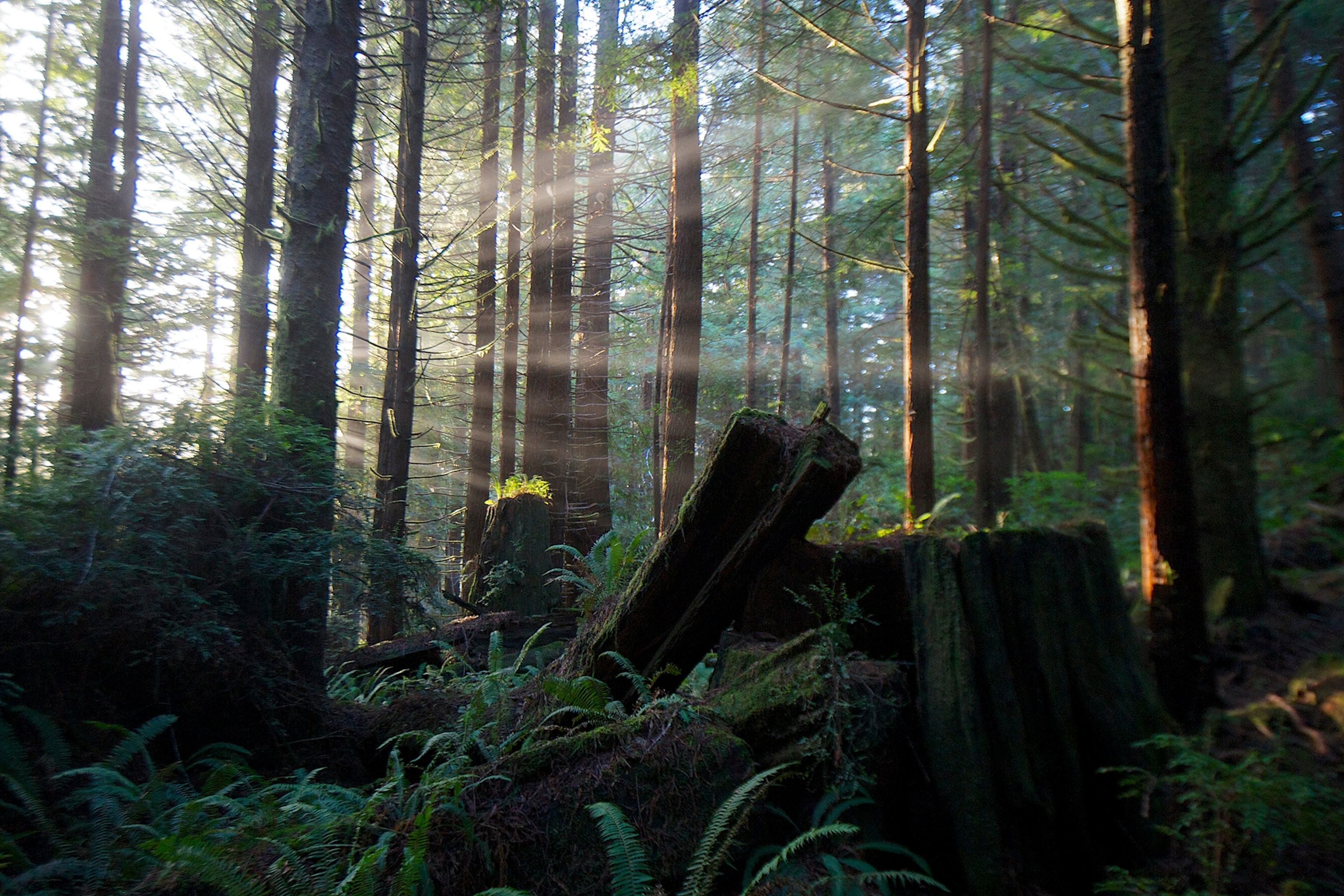
Location: California
Established: 1968
Size: 139,000 acres (including three state parks)
Annual visitors: 410,000 (2023)
Visitor centers: Thomas H. Kuchel, Prairie Creek, Hiouchi, Crescent City, Jedediah Smith
Entrance fee: None
Website: nps.gov/redw/
Where to find the best views in the park
The most impressive views are simply looking up while walking redwood-flanked paths like the Lady Bird Johnson Trail (1.5 miles) near Orick, the Revelation Trail (0.3 miles) in Prairie Creek, or Simpson-Reed Grove (0.8 miles) in Jedediah Smith.
“Those seeking stunning views of rocky coastline will find High Bluff Overlook along the Coastal Drive near Klamath hard to beat,” says ranger Lennie Ramacher.
Among the reserve’s other awesome shoreline views are the Klamath River Overlook near Requa and Crescent Beach Overlook near Crescent City. Away from the coast, Bald Hills Road offers various panoramic views of the redwood forest including Redwood Creek Overlook, Dolason Prairie Picnic Area, and Lyons Ranch Trailhead.
For National Geographic Explorer James Balog, the best view is one that’s impossible for ordinary visitors—from the top down. Shooting images in Redwood for his book Tree: A New Vision of the American Forest, Balog was able to reach the summit of redwoods towering more than 350 feet to snap photos of rarely seen life in the treetops.
“I wanted to try something new,” says Balog. “Having been an alpinist and technical rock climber for many decades, I started to think about going up in the trees and seeing what I could do by moving through the canopy.”
Where to find the park's best trails
For avid hikers, the California Coastal Trail is the reserve’s most rewarding trek. Seventy miles of the route meander down the shoreline between Crescent Beach in the north and Skunk Cabbage in the south. The seven sections can be tackled as day hikes or a multi-day backpacking trip with five primitive backcountry campgrounds along the way.
Another iconic hike is the Redwood Creek Trail (14 miles) through a steep valley on the east side of Highway 101; this is the only area in Redwood National Park where dispersed camping— camping on public land away from developed recreation areas, in this case, with a backcountry permit—is allowed. Hikers can extend the trek by continuing onto the rugged Tall Trees Grove (4.5 miles), which boasts numerous world-record redwoods including the 373-foot-high Nugget Tree (the world’s third tallest).
Easy hikes range from the aforementioned Lady Bird Johnson and Revelation Trails to the cluster of short walks at Big Tree Wayside in Prairie Creek and Nature Loop in Del Norte Coast.
Ramacher mentions the Stout Grove Trail in Jedediah Smith as one of his favorite hikes. “It offers some exceptionally big trees set in an old-growth forest along the banks of the crystal-clear Smith River. The grove has been visited by people since time immemorial and is an easy walk for most ages and abilities.”
James Balog recommends that visitors stick to developed trails rather than bushwacking their way into the backcountry. “It's rough country, loaded with heavy thickets and the brush, it's wet, and there's a lot of fallen logs. It’s a mess!”
The best spots to see wildlife

The park is also home to diverse wildlife including its ubiquitous Roosevelt elk, as well as rare or endangered species like the marbled murrelet and California condor.
Elk Meadow, Elk Prairie, and the grassy areas behind Gold Bluffs Beach are three of the best places to spot elk herds. But keep your distance—they’re big, strong, unpredictable, and super-aggressive during the fall rutting season.
Coastal overlooks near the mouth of the Klamath River are good for spotting migrating gray whales in November and December as they head south for the winter, and March through April as they return north. Smaller-scale marine life can be found in tidepools during low tide at Endert’s Beach, False Klamath Cove, Wilson’s Beach, and Damnation Creek.
Top experiences in Redwood
Driving up the coast from San Francisco, Kuchel Visitor Center near Orick offers exhibits and a film on local natural history as well as an information desk with updates on ranger-led walks and talks.
One mile north of Orick, a right turn onto Bald Hills Road leads to the old-growth forest of Lady Bird Johnson Grove. Farther up the 50-mile-long road is a trailhead or the Tall Trees Grove, which shelters a coastal redwood once thought to be the world’s tallest tree. (Hyperion Tree, the current record holder, stands at a secret location in the Redwood Creek watershed.)
Stretching along the coast between Orick and Crescent City, Prairie Creek feels more like a traditional national park than the much newer federal reserve. From Highway 101, Newton B. Drury Scenic Parkway leads to the “prairie”—a large meadow where elk often graze. From the small Prairie Creek Visitor Center, trails lead down to Gold Bluffs Beach and through primeval Fern Canyon, where Steven Spielberg filmed scenes for The Lost World: Jurassic Park.
The Klamath River is another hub of park activity. Kayak the river, cruise the Coastal Drive Loop to the World War II radar station on Klamath Beach, take in stunning vistas from several clifftop overlooks, or go river fishing in Yurok Country, home to California’s largest Native American tribe.

Discover their culture including guided canoe trips, Yurok Country Visitor Center in Klamath village, and the annual Salmon Festival in mid-July, a local tradition since 1964.
Continue north to Del Norte Coast. Much of the state park is inland and inaccessible to all but the hardiest hikers. Nevertheless, several spots along Highway 101 are easy to access, including Endert's Beach with its sandy stretches and tide pools, and the Damnation Creek Trail, which ambles through old-growth forest to a secluded beach.
Named for the legendary trapper and explorer who “discovered” these redwood groves in 1828, Jedediah Smith is the northernmost of the three state parks. Tall trees flank the Smith River as it flows through the heart of the park, past campgrounds, and the Hiouchi Visitor Center. One of the cleanest rivers in the contiguous United States, the Smith offers the chance to raft or kayak through the redwood forest.
Among great hikes in this area are the Boy Scout Tree Trail (2.8 miles one way to Fern Falls) and the solemn Stout Grove. Adventurous souls can drive unpaved Howland Hill Road, an old stagecoach route that leads to the National Tribute Grove of old-growth redwoods.
Best things to do for families
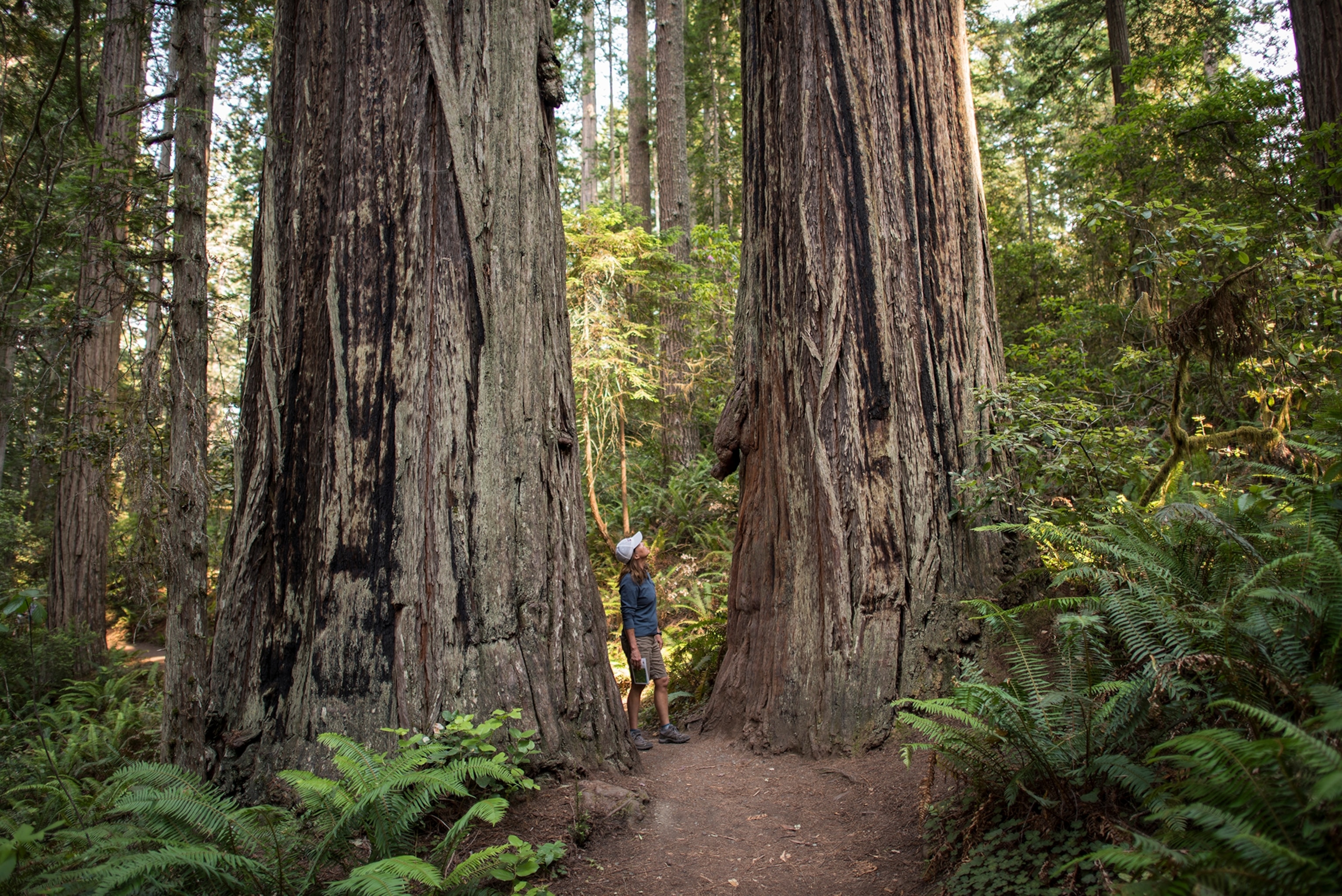
A casual stroll through the redwoods is the best way to introduce kids to trees that are among the world’s tallest, oldest, and largest living things.
Another way to discover the park is on horseback with the Redwood Creek Buckarettes, an all-female outfit in Orick with guided trail rides lasting 1.5 to four hours for riders aged six and older.
Kayak Trinidad offers guided half-day paddles on Big Lagoon in Humboldt Lagoons State Park. Located just south of the national park, the lagoon and its wooded shoreline are home to river otters, Roosevelt elk, and myriad seabirds.
Farther north, the Yurok Tribe provides several outdoor adventure options including guided canoe tours in traditional handcrafted wooden vessels and jet-boat tours on the Klamath River between Prairie Creek and Del Norte Coast state parks.
During the summer, the Park Service offers ranger-guided kayak tours on the Smith River starting from Jedediah Smith State Park. Paddlers must be 10 years old or older.
Where to stay
More than 330 campsites are available at developed campgrounds in the three state parks including Elk Prairie and Gold Bluffs Beach in Prairie Creek, Mill Creek in Del Norte Coast, and the Jedediah Smith in the state park of the same name. All are open year-round except Mill Creek (May-October). Sites are booked through Reserve California.
The only indoor accommodations in Redwood National & State Parks are a few rustic cabins in Prairie Creek and Jedediah Smith that can also be booked at Reserve California.
However, nearby towns like Crescent City in the north and Trinidad in the south offer plenty of hotels, motels, B&Bs, and other overnight options.
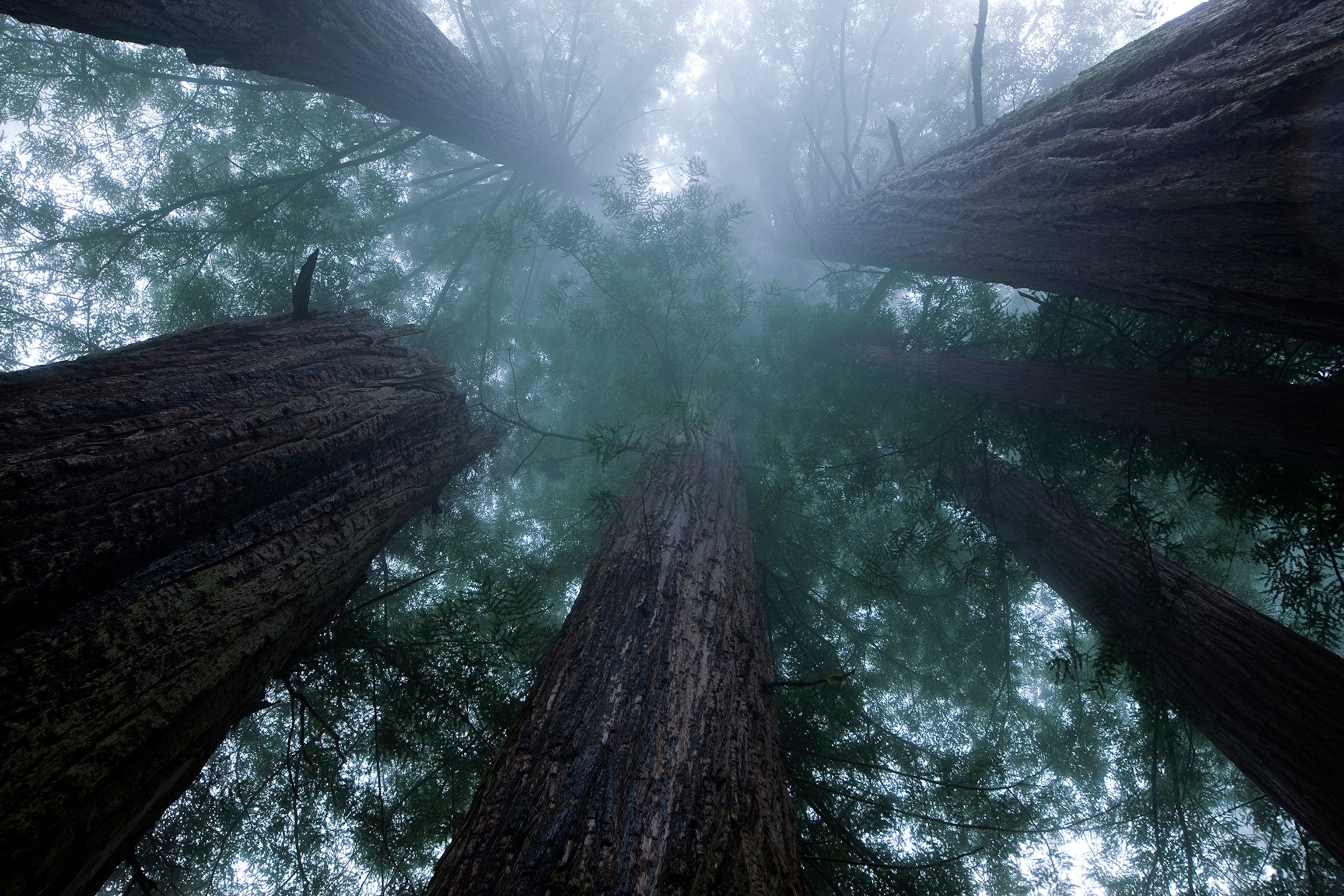
Here's what else you need to know
Fees: Although Redwood National Park doesn’t have an entrance fee, the three state parks charge $8 day-use fees. However, those fees are waived for “America the Beautiful” national park and California State Parks pass holders.
Access: Redwood National & State Parks is roughly 300 miles north of San Francisco via the Golden Gate Bridge and scenic U.S. Highway 101. State Highway 96 from the Shasta Valley and State Highway 299 from Redding meander through the Coastal Range to the parks. From Oregon, the best ways to reach the area are Highway 101 along the coast and U.S. Highway 199 from Grants Pass.
When to go: Redwood is a year-round destination with weather that can be cool, windy, and rainy in any season. Summers are warmer and drier, but fog can creep in from the Pacific. The other three seasons have far fewer visitors, especially winter when the parks often seem devoid of human presence. Consider visiting in spring or fall when migratory birds flit through the towering trees. Rhododendrons burst forth in spring; deciduous trees add color in fall.
Are pets allowed?
Pets must be leashed and under control at all times. Besides bonafide service animals, they are not allowed on trails other than Walker Road in Jedediah Smith and Cal Barrel Road in Prairie Creek.
How accessible is Redwood?
Among the park’s half-dozen accessible trails are the Revelation Trail and Big Tree Wayside in Prairie Creek, and Simpson-Reed Grove in Jedediah Smith. Nine picnic areas are also accessible.
All five visitor centers are wheelchair accessible while Kuchel offers tactile exhibits, braille descriptions, and captioned media. In addition, Kuchel has a limited number of all-terrain track chairs, beach wheelchairs, and standard wheelchairs offered free of charge.
Braille and audio-only versions of the official Redwood brochure and map can be downloaded from the park website.



